What Is The Most Popular Animal In Indiana
Indiana, known every bit the "Hoosier State," is a midwestern state that is office of the Great Lakes Region. It borders Michigan to the north, Ohio to the east, Illinois to the west, and Kentucky to the South. Its major rivers are the Ohio River, Whitewater River, and Wabash River, which is the longest river east of the Mississippi.
Indiana has a varied topography that includes dense forests, grassland prairies, riverbanks, lakeshores, and rocky hills. Almost of the state in Indiana is dedicated to farming. The principal crops are corn, soybeans, wheat, and dairy products. Indiana likewise has major population centers and many manufacturing industries are based in that location. It nonetheless has wild places, however, and they are home to a healthy population of native wildlife.
Wild Animals in Indiana
Indiana'due south forest areas, rivers, and location on the Great Lakes take given it a wide multifariousness of wild animals. It is dwelling to common forest animals like black bears, coyotes, badgers, beavers, and cottontail rabbits. Its rodents include fox squirrels, gray squirrels, and groundhogs. Bison and white-tail deer roam the grasslands, and black bears have a small but stable population in the state.
Indiana's master predators are gray foxes, blood-red foxes, bobcats, and coyotes.
It has 13 native bat species, including some of the rarest species similar Rafineque's big-eared bat (Corynorhinus rafinesquii), ruby-red bat (Lasiurus borealis), silver-haired bat (Lasionycteris noctivagans) and Indiana myotis (Myotis sodalis).
The state has its own native species, including the Allegheny woodrat and the eastern mole. Its strange reptiles and amphibians include the alligator snapping turtle, Blanding's turtle, and eastern hog-nosed serpent.
In the forests and wetlands, it is common to spot herons, ducks, geese, and other waterfowl. Y'all will too hear the western chorus frog and the leap peeper, two frog species known for their charming springtime calls. Among its small mammals are the muskrat, opossum, and raccoon.
Birds native to Indiana include the ruffed grouse, wild turkey, bobwhite quail, and numerous songbirds. It also has one of the land'due south rarest kingfishers, the belted kingfisher (Megaceryle alcyon), which is the only kingfisher plant in the country.
Indiana's rivers and streams teem with northern pike, striped bass, muskie, gar, and walleye. It is abode to the eastern hellbender, a salamander that is one of the rarest amphibians in the world. This salamander with a strange name is also the largest salamander species in North America.
Some species of ticks tin as well be constitute in Indiana.
The Official Animal of Indiana
It's common for states to choose mammals as their official animals, simply Indiana chose a bird. In 1933, Indiana adopted the key as its state bird. Native to Indiana, the central lives at that place year-round. This bright cerise songbird is also the state bird of Virginia and North Carolina.
Where To Find the Meridian Wild fauna in Indiana
Although it has a lot of farmland and big industrial cities, Indiana has many national and land parks and protected areas where its native wildlife thrives.
- Indiana Dunes Land Park is a protected stretch of beach along the coast of Lake Michigan. The embankment features sand dunes that soar equally high as 200 feet. It is an excellent place to see shorebirds and native flowers that include many native orchid varieties.
- Prophetstown State Park is a wetlands and forest preserve on the shoreline of the Stone River. You are likely to see a muskrat, otter or beaver hither. White-tail deer, rabbits and ducks likewise frequent the park.
- Oubache State Park, located along the Wabash River, is a camping ground area where yous tin can see many animals, including a resident herd of bison in a protected enclosure.
- Tippecanoe River State Park is ideal for nature lovers. Bordering vii scenic miles of the Tippecanoe River, this park allows you lot to see frogs, newts, squirrels, raccoons, beavers and an enormous variety of waterfowl. Some of the rarest birds have been spotted here, including the swamp sparrow.
- Chain of Lakes Country Park is home to nine big lakes and 25 miles of forested trails. It is a wonderful place to fish for Indiana's native fish species like catfish, white bass and northern pike. You volition besides run into amphibians, reptiles, white-tail deer, bobcats and many small rodents.
- Hovey Lake Fish and Wildlife Area lies between the Ohio and Wabash rivers in southwest Indiana. It is a 7,500-acre park with a lake, swampland and forested areas. It is a proficient identify to see birds and fish. Muskrat dens and beaver dams dot the lakes, and many small mammals and rodents visit the streams to fish and get water.
The Nearly Dangerous Animals in Indiana Today
Near of Indiana's animals are not dangerous. Any land with a high population of deer is probable to report many accidents involving deer and drivers. Despite the presence of black bears, bobcats, and coyotes, there have been no recorded attacks of these animals on humans.
Indiana has several snake species, just almost of them are harmless to humans. Its venomous snakes are the cottonmouth, copperhead, and timber rattlesnake. These are its most dangerous animals.
Endangered Animals in Indiana
Indiana has over 150 species on its Species of Greatest Conservation Need list.
The listing includes the post-obit animals:
- Barn owl (Tyto alba)
- Allegheny woodrat (Neotoma magister)
- Eastern hellbender (Cryptobranchus alleganiensis)
- Eastern mud turtle (Kinosternon subrubrum)
- Plains pocket gopher (Geomys bursarius)
- Swamp rabbit (Sylvilagus aquaticus)
- Badger (Taxidea taxus )
As part of its Wild fauna Action Programme, the state established the Indiana Nongame Wildlife Fund. Although it is managed past the state's Section of Natural Resources (DNR), the fund does not get authorities money and relies on private donations.
According to the DNR, Indiana citizens have donated more than $13 one thousand thousand to assist preserve the state's endangered animals. The state as well receives funding from the US Fish and Wildlife Service to help preserve its most endangered species.
Indiana, like many other states, has taken steps to conserve its natural resources. According to a survey by the Nature salvation, xc% of Hoosiers of all political parties want the authorities to have more steps to preserve natural spaces, and 74% support the apply of culling energy sources.
Wildlife Is Alive and Well
The Hoosier State is dwelling house to an interesting mix of strange and common animals, including bats, bison, waterfowl, salamanders, and deer. Its beautiful state parks and wilderness areas are skilful places to encounter all these animals.
Read nigh cute waterfalls in Indiana.
Indianian Animals

Armyworm
They are so named considering they "march" in armies of worms from one crop to some other in search of food
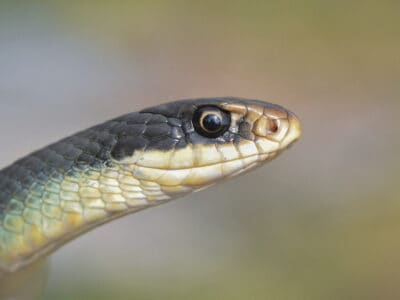
Bluish Racer
Some blue racers have smooth scales that are solid electric blue while others are grayish or chocolate-brown.
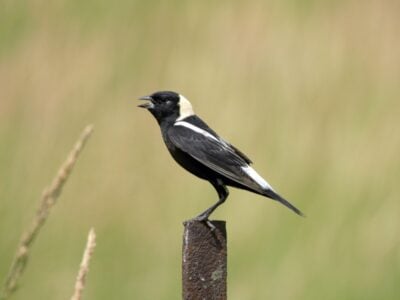
Bobolink
In spring, the male bobolink is the only N American bird who is dark below and low-cal colored above. This makes identification easy.
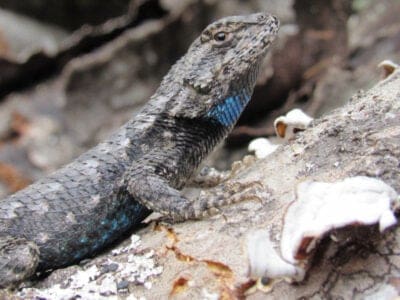
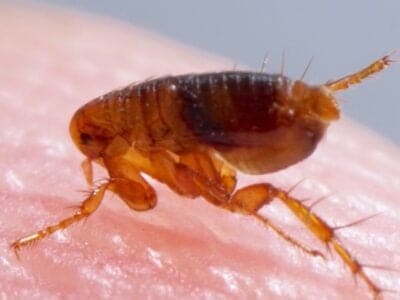
Flea
Adult fleas can jump up to 7 inches in the air
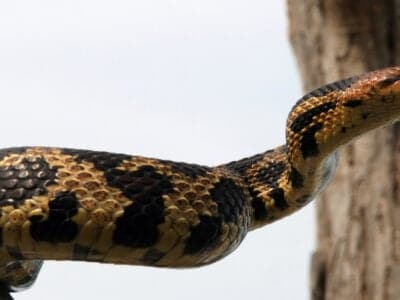
Flim-flam Snakes
In some areas, flim-flam snakes and gopher snakes have crossbred in the wild.
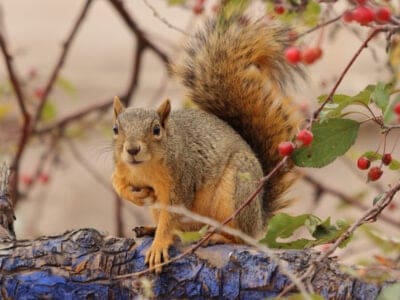
Fob Squirrel
Although it is a tree squirrel, it spends most of its time on the ground.
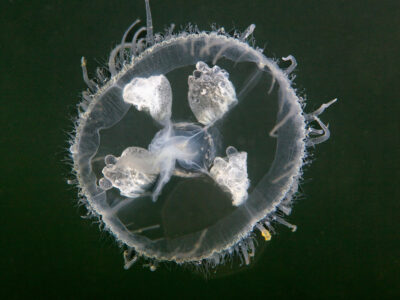


Massasauga
The proper noun "Massasauga" comes from the Chippewa language, meaning "Great River Rima oris".

Mealybug
They have a symbiotic relationship with ants.


Orb Weaver
Females are nearly four times the size of males

Owl
The owl can rotate its head some 270 degrees
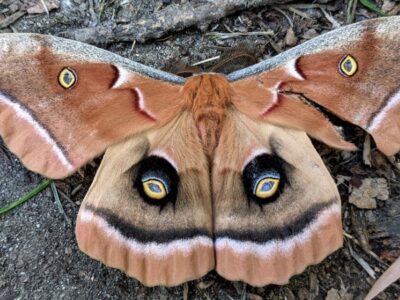

Rat Snakes
Rat snakes are constrictors from the Colubridae family of snakes.

Rooster
Volition mate with the entire flock!
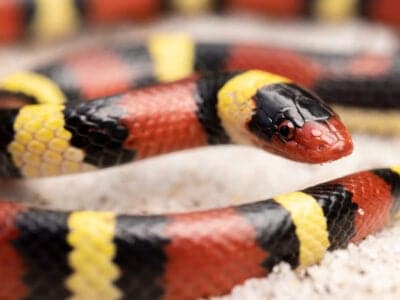
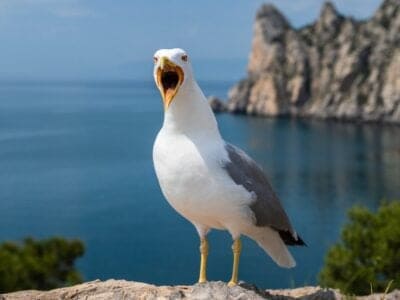
Seagull
Some gulls are capable of using tools


Southern Black Racer
These snakes live undercover, beneath piles of leaf litter or in thickets, and they are expert swimmers.
Indianian Animals List
- Armyworm
- Blue Racer
- Bobolink
- Eastern Fence Lizard
- Flea
- Fox Snakes
- Play a joke on Squirrel
- Freshwater Jellyfish
- Groundhog (Woodchuck)
- Massasauga
- Mealybug
- Milk Ophidian
- Orb Weaver
- Owl
- Polyphemus moth
- Rat Snakes
- Rooster
- Scarlet Kingsnake
- Seagull
- Smokybrown Cockroach
- Southern Black Racer
Animals in Indiana FAQs (Often Asked Questions)
What is the apex predator in Indiana?
Coyotes are the state's noon predators. A highly adaptable carnivore that lives in about states of the country, the coyote is the largest predator in Indiana. Indiana's other predators are bobcats, grey foxes, and reddish foxes.
What is Indiana's land mammal?
Indiana does not accept a state mammal. Its official state animal is the cardinal.
What waterfalls are in Indiana?
Indiana is domicile to a number of beautiful waterfalls. Some of its best include Cataract Falls in Owen Canton, Large Clifty Falls near Madison, and Stone Rest Falls about N Vernon.
Are there big cats in Indiana?
Indiana has bobcats. They are the simply big cats in the country.
Does Indiana have cougars?
Indiana does not accept a resident cougar population, but cougars sometimes cross over from neighboring states.
What spiders are in Indiana?
Indiana is habitation to many species of spiders. Some that are more notable include the brown recluse (which has a very venomous bite), the long-legged sac spider, six-spotted fishing spider, long-bodied cellar spider, and the black-tailed red sheetweaver.
Source: https://a-z-animals.com/animals/location/north-america/united-states/indiana/
Posted by: rawlsupocand.blogspot.com

0 Response to "What Is The Most Popular Animal In Indiana"
Post a Comment